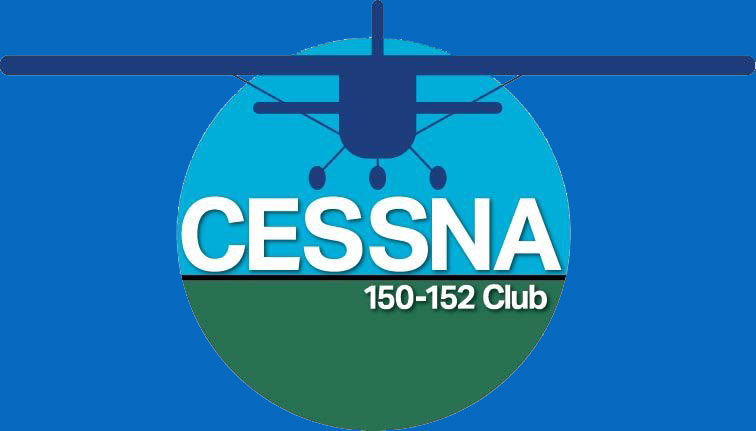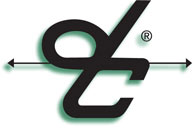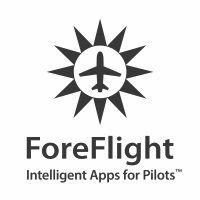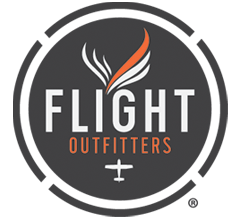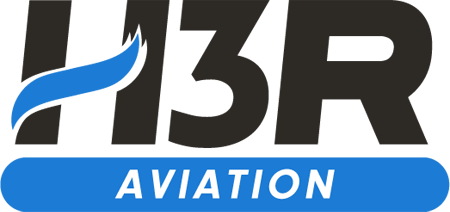Breaking World Records In a Cessna 150
By Ed Fugili
Charles Lindbergh, Orville and Wilbur Wright, Scott Crossfield, Steve Fossett, Ed Figuli… Ed Figuli? Yes, Ed Figuli. On July 13, 2002 I flew my Cessna 150 from Allentown, Pennsylvania to Fort Smith, Arkansas and put myself into the aviation record books.
The idea for the flight started when my sister, Jean Anderson, moved from Bamberg, Germany to Fort Smith, AR. Her husband, Jeff, is a field artillery officer in the U.S. Army. I had made a few flights to Fayetteville and to the Myrtle Beach area so I thought how hard can it be to fly to Arkansas? I couldn’t think of a better way to make the flight more memorable than to put myself into the aviation records books.
My plane is a 1972 Cessna 150L. In the mid 1980’s it was converted to a Texas Taildragger. The engine is a 150hp Lycoming O-320. The paint scheme is similar to that of a pre WWII trainer. My favorite cartoon character, Woodstock, is on the cowling as nose art.
The National Aeronautic Association is the US representative to the Federation Aeronautique Internationale. The FAI is the international organization responsible for the coordination of air sports, competition, and certification of all aviation and space records. The NAA is responsible to the FAI for all activities that originate in the United States. Records can be set in various forms. The flight from Allentown to Fort Smith fell into “Speed Over a Recognized Course”. Aircraft are divided into different categories based on actual takeoff weight. The Cessna 150 falls into C-1.b, 1102 – 2205 lbs. The international community uses the metric system so this is the same as 500 – 1000 kg. This ensures that a pilot flying a Cessna 150 isn’t competing against a Citation.
At tower controlled airports FAA personnel can serve as official observers for takeoffs and landings. If FAA personnel are not available NAA will designate official observers. There may be a fee for providing the observers so the best bet is to use a tower controlled airport. For this reason I decided to fly to Lehigh Valley International Airport in Allentown, PA where controllers could observe my takeoff. I am based at Slatington, PA, about 10 miles north of ABE. The staff at Allentown had never heard of this but was able to provide observation after I described what was involved. The staff at Fort Smith had heard of it but never participated and were eager to help out. The takeoff and landing certification is a simple form and is sent to the NAA by those who do the observations.
Mike Paplo of the NAA is the assistant responsible for contests and records. He is an invaluable asset to anyone who has questions about an attempt and is the direct point of contact for the NAA. The Record Attempt kit and all required forms are available on line at www.naa-usa.org. The NAA phone is 703-527-0226 and they can mail the forms as well. Membership into the NAA and FAI are required for record attempts. The FAI issues a sporting license to individuals attempting a World Record. NAA membership also includes a subscription to Air and Space Magazine. Setting a record does cost money. The sanction fee is $350 and the registration fee is $400. The registration fee is to claim the record. This fee includes plaques and patches to show off your accomplishment.
Prior to the flight I contacted our local paper, The Allentown Morning Call. They did two stories on the flight. The first was a background on the attempt that included a picture of the plane. The second article was a follow up on the flight itself. It was nice to see some positive publicity for general aviation for a change.
With all the paperwork in and getting Allentown and Fort Smith tower personnel involved the fun part of the flight is to actually fly. I had set July 13, 2002 as the attempt date. For a week prior to the attempt I was on weather.com,. accuweather.com, weatherunderground.com and the National Weather Service’s site checking and rechecking weather for the route. Planning the flight was easy by using the website www.airnav.com. There is a fuel planner link that was very helpful.
Another important part of the planning is to stay informed of any temporary flight restrictions due to National Security. In this post 9/11 world of flight it is very important to each pilot and the aviation community to be cognizant of any pop up TFRs.
Takeoff was scheduled for about 5:30 am on 7/13/02. My biggest concern was late day thunderstorms in the Fort Smith area. So instead of leaving at 5:30 am I went to bed earlier and got up at 3 am. I took off from Slatington, PA at 0315 and did my touch and go at Allentown at 0322. I was on my way to Fort Smith!
I had planned to make five fuel stops on a course that was close to the great circle distance to FSM. My first leg from ABE to Ebensburg, PA was uneventful. The controller at ABE put a flight plan into her computer for me that ensured I would get flight following through to my second stop at Newark, OH. In the remarks part of the flight plan it was noted that this was a World Record Attempt. I think the service was just short of what you can expect after declaring an emergency. The controllers were very helpful and encouraging.
At the second fuel stop in Newark, OH I made my first of three weather diversions. Rain and showers in southern Indiana did not allow VFR flight for my next leg that was planned to Evansville, IN. I had to go a bit further north and went to Shelbyville, IN. At Shelbyville I was able to get myself closer to my planned route by flying to Mount Vernon, IL. Again, weather wasn’t VFR in southeastern Missouri so another diversion from a direct route had to be made. The briefer suggested that I fly further west and sort of loop around from the north. My next stop was Rolla/Vichy, MO. The weather from Rolla to Fort Smith was iffy at best forcing another diversion to the west.
I had never flown in the Midwest before and was pleasantly surprised to find that, under the right conditions, a pilot can see a thunderstorm cell marching across the plains from a great distance. This was helpful in the Springfield area of Missouri. With the help of Springfield Approach I was able to maintain VFR conditions to circumnavigate a cell and land at Aurora, MO for my last stop. From Aurora to Fort Smith the weather was GREAT! A scattered layer at 5000 feet and no haze made it the best leg of the trip. After leaving Springfield Approach I contacted Razorback Approach for flight following to Fort Smith. Imagine my surprise when, after my initial call, the controller told me he knew who I was. He told me that the tower controllers had the required paperwork ready to note my arrival. After landing I calculated my time to be 13 hours, 17 min over 947 miles. This is an average ground speed of about 71.2 knots. Not bad for a Cessna 150! This included an extra stop for the weather diversions and an extra 100nm. I was hoping for a ticker tape parade but settled for the guest bed at my sister’s house. Although the trip was long it was also a lot of fun. Certainly the longest trip I had ever made.
So now… when other pilots ask what I’ve been able to accomplish in aviation I can say I’m a World and National Speed Record holder…in a Cessna 150 no less.
